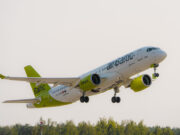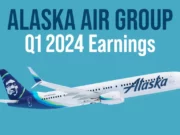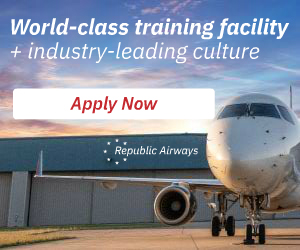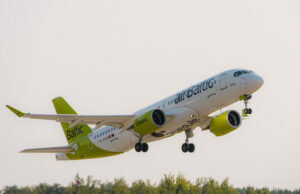What is the best way to spot a good deal on flight training? Flight schools will often attract students by posting prices that look far lower than what other pilots say they’ve paid. While these prices may seem attractive, it’s important to keep the caveats of training in mind.
The most notable caveat to keep in mind is how many hours is factored into your training quote. Let’s use private-pilot training as an example. Flight schools will often list their prices based on the FAA-minimum 40 hours of flight training. But note that very few students actually finish their training in these 40 hours; in fact, the average private-pilot student takes somewhere between 70 to 85 hours to finish their training, so the money allocated to the actual hours will likely be higher than what is listed.
Another factor to keep in mind is where you’re training, from a geographical perspective. Areas with more convective activity, for example, will see more flight cancellations. With training more spread out, it may take more time to fine-tune the skills that one might master in fewer hours if one were in a more moderate climate.
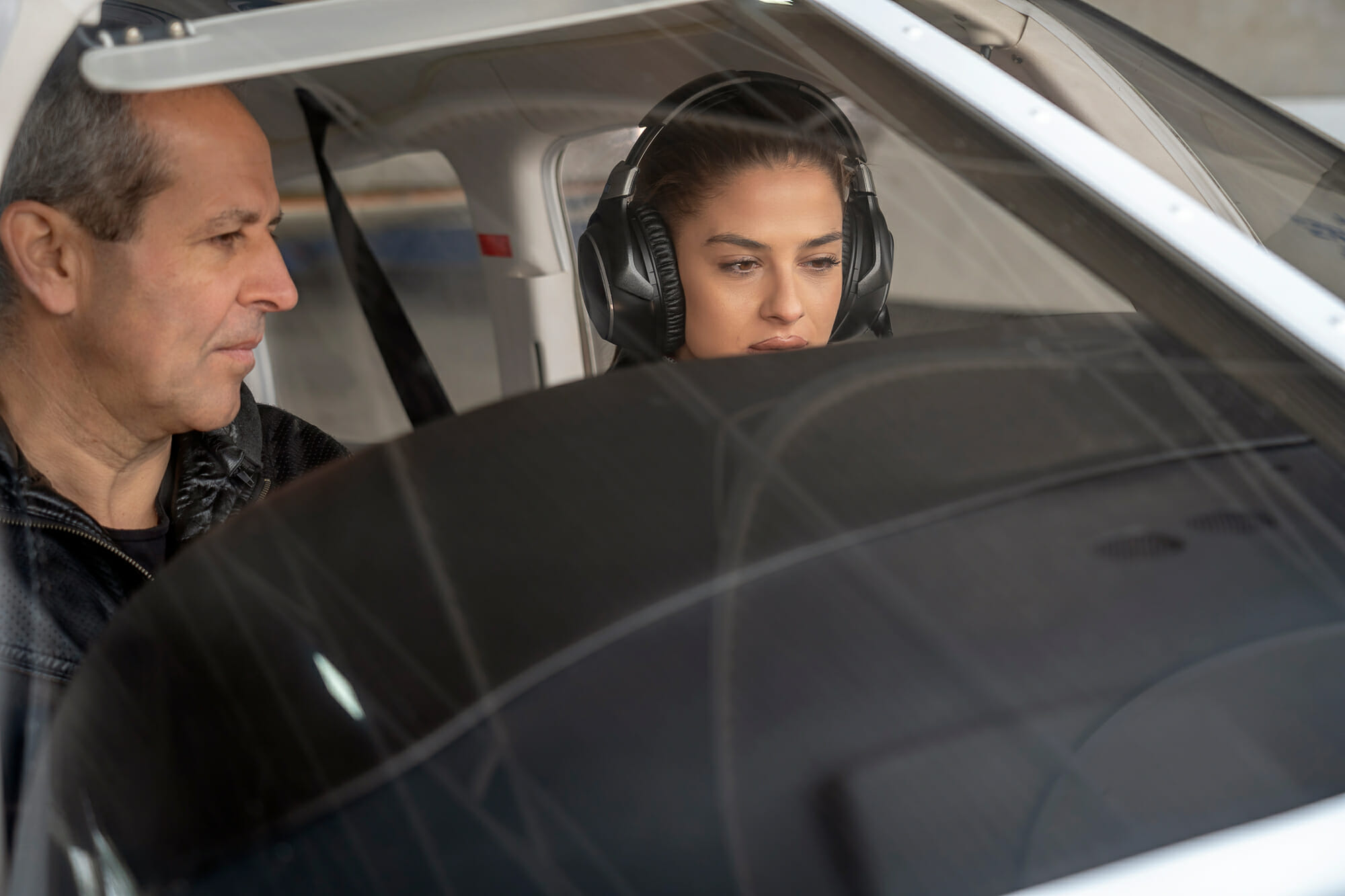
Third, it’s also important to note the size of the flight schools you’re considering. Keeping in mind the goals of your training; for example, if you want to get through as quickly as possible or hope to allocate more time to learn more thoroughly. These considerations should be factored for the size of the school you’re considering. How much is a specific training style, format, or syllabus worth monetarily? Training in a style that doesn’t fit your needs may not be worth a lower cost if it inhibits your abilities.
If you find yourself in a situation that isn’t working for you, changing flight schools or instructors may be a good option. It may be tedious and/or cost more in the short-term, but the return on investment will be higher if you switch to a training program that will better help you succeed. Remember that the purpose of training isn’t strictly to pass checkrides – regardless of whether you’re simply training for private use or if you’re pursuing aviation as a career – your main goal should be to become as safe a pilot as possible.
When you’re preparing to start your aviation journey, be aware of all the factors that go into flight training. Ultimately, you’ll save the most money if you put yourself in a situation that best fits you and your learning style. This will allow you to be able to become the best pilot possible most efficiently. If you put yourself in the best environment, being aware of the dynamics of training, you’ll be prepared to face challenges as they arise. Prepare in order to take advantage of how fulfilling flight training can be.












